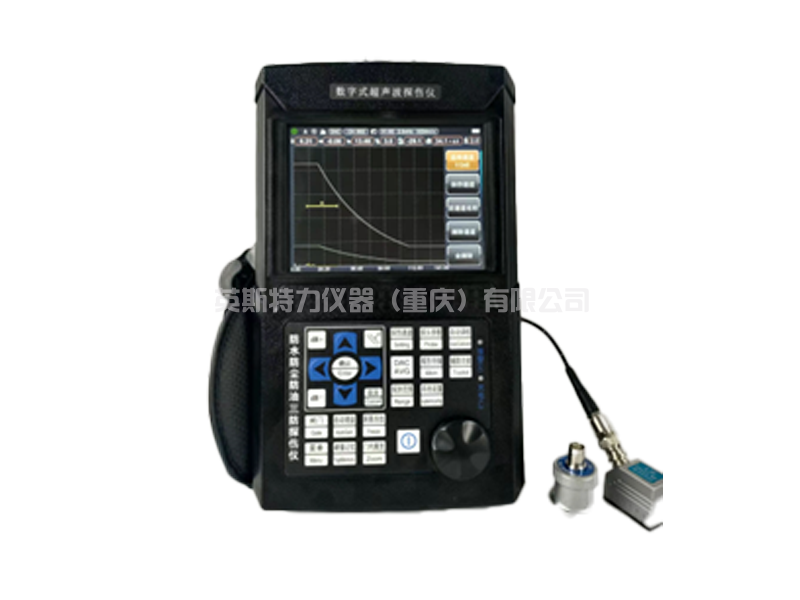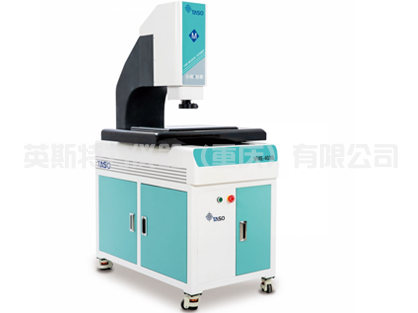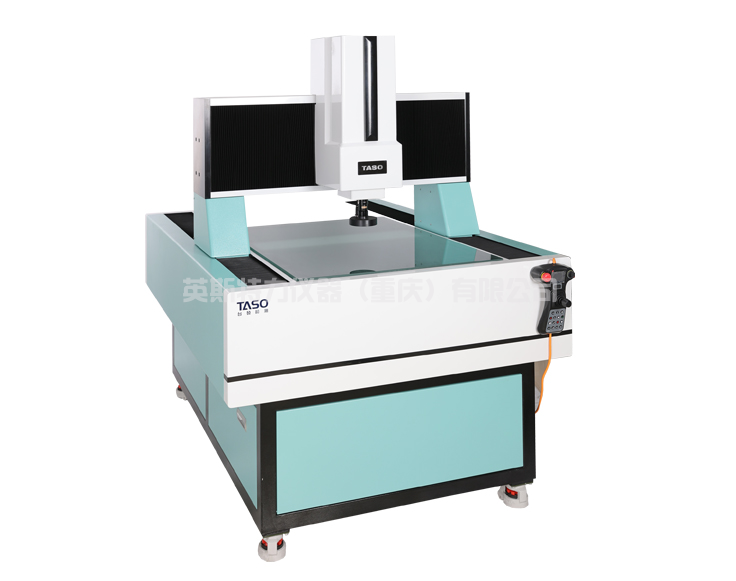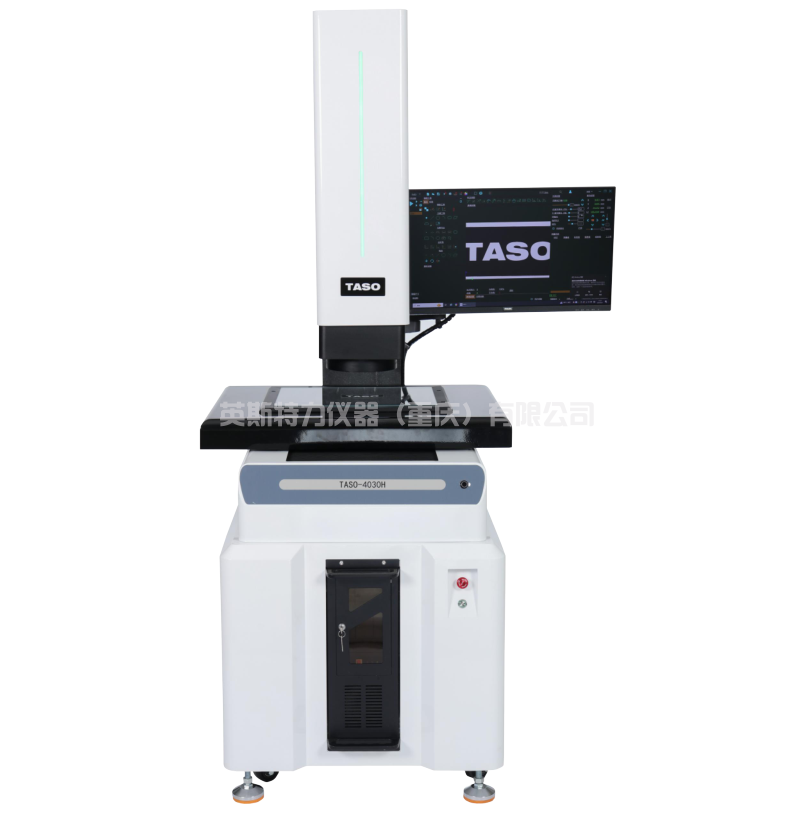造成HR-150洛氏硬度計故障的因素有很多,如:壓頭、預緊力、主載荷、機架和試樣支撐機構、測量指示機構、試件、試驗條件、操作人員等。我們分析了一些 它的常見故障。
1.加preload開始時,指針抖動
主要原因:起重螺絲的平鍵和長鍵槽松動。 排除方法:更換平鍵。
2.添加主負載后,指針抖動
主要原因:稱重托盤上有油; 緩沖區相對于工作臺不水平; 身體不水平。
排除方法:清除托盤上的油漬; 調整緩沖器連接螺釘使其水平; 修正工作臺面上的水平。
3、主負載啟動時指針跳動
主要原因:裝載手柄松動; 緩沖器油量不夠。 排除方法:擰緊松動的頂線; 加入油并排出空氣。
4.施加主載荷后,指針移動時間長
主要原因:舉重臂過長。
解決方法:縮短動臂。 5.添加主負載后,指針不動
主要原因:未添加主負載; 緩沖油針關閉油孔。 排除方法:縮短動臂長度; 打開緩沖器,打開油針。
6.主載荷作用時,指針移動過快
主要原因:緩沖器的調節油針處于最大開度位置; 緩沖器沒有油。 排除方法:將油針調整到合適的位置; 加油并排出空氣。
7. 施加主要負載時,指針移動太慢
主要原因:緩沖器調節油針偏小; 緩沖油太臟或粘度太大; 百分表測桿摩擦力大; 主軸系統有阻力。
排除方法:將油針調整到合適的位置; 更換適當粘度的油; 消除摩擦; 清潔主軸系統。 8.增加主載荷時,行走時指針停止,快慢
主要原因:緩沖器氣缸內有空氣; 身體不水平,導致重物碰撞或摩擦身體。 排除方法:排除氣缸內的空氣; 調整機身水平。
9、去掉主負載后指針跳轉
主要原因:配重吊桿的球頭、球窩和大杠桿連接處有油污。 解決方法:清潔油。
10、當主負載卸到盡頭時,指針突然上升或下降。 主要原因:操縱桿松動。
排除方法:調整并擰緊操縱桿的固定螺釘。 11、A、B、C標尺的硬度值經常偏高
主要原因:測試杠桿比例過大; 預緊力過大; 不增加主載荷; 主要負載重量輕。
排除方法:松開調整板的固定螺釘,將調整板向前移動到合適的位置; 調整預緊力; 縮短動臂; 為每個權重添加權重。
12、A、B、C標尺的硬度值經常偏低
主要原因是:測試杠桿比太小; 預緊力太小; 主載重量過重; 壓頭未正確安裝; 工作臺安裝不正確; 工件與工作臺之間的密封性較差。
排除方法:松開調整板的固定螺釘,將調整板向后移動到合適的位置; 調整預緊力; 調整砝碼的重量; 重新安裝壓頭; 重新安裝工作臺; 重新放置工件。
13.A值合格,C值不合格
主要原因:壓頭頂部的上錐面不光滑或錐角過大; 壓頭頂部附近的上錐面損壞。
排除方法:修理或更換壓頭。 14、A、C值合格,B值不合格
主要原因是:鋼球在球座內松動; B壓頭鋼球尺寸偏差大或生銹損壞。 解決方法:重新安裝; 更換新的鋼球。
15.A、B、C刻度值不穩定
主要原因是:主軸系統有阻力; 主軸端面不平整; 刀片與大杠桿上的支點刀片的接觸改變或變鈍。
排除方法:清潔主軸系統; 平滑端面; 重新調整位置或用油石打磨刀片。 16、C值高值合格,中低值不合格
主要原因:測試杠桿比例不合適; 壓頭錐角表面不光滑。 補救措施:調整杠桿率; 修整或更換壓頭。
17、C值高、中、低值不合格
主要原因:測試杠桿沒有正確比較; 測試桿上的調節螺絲尖磨損嚴重; 不增加主載荷; 金剛石壓頭損壞; 主軸與工作臺同軸度差; 百分表有故障。
補救措施:調整杠桿率; 更換新的調節螺釘; 縮短動臂; 改變壓頭; 調整起吊螺絲的位置; 修理百分表。
英斯特力儀器是一家集研發、生產及銷售于一體的 影像測量儀,拉力試驗機, 硬度計 ,探傷儀, 粗糙度儀, 測厚儀, 金相設備廠家, 致力于為客戶提供更好的檢測儀器。
There are many factors that can cause hr-150 Rockwell hardness tester failure, such as: indenter, preload, main load, frame and sample support mechanism, measurement indicator mechanism, specimen, test condition, operator, etc. We analyzed some of its common faults.
1. The pointer jitter occurs when preload is added
Main reason: lifting screw flat key and long keyway loose. Troubleshooting method: Replace the flat key.
2. After the main load is added, the pointer jitter occurs
Main reasons: there is oil on the weighing tray; Buffer is not level with respect to the workbench; The body is not level.
Elimination method: remove oil stains on the tray; Adjust the buffer connecting screw to make it level; Correct the level of the worktable.
3. The pointer jumps when the main load starts
Main reasons: loose loading handle; There is not enough oil in the buffer. Elimination method: tighten the loose top line; Add oil and exhale air.
4. After the main load is applied, the pointer moves for a long time
Main cause: Long lifting arms.
Solution: Shorten the boom. 5. After the main load is added, the pointer does not move
Main cause: The main load is not added. Buffer oil needle closes oil hole. Elimination method: shorten the boom length; Open the buffer and open the oil needle.
6. The pointer moves too fast when the main load is applied
The main reason: the adjusting oil needle of the buffer is in the maximum opening position; There is no oil in the buffer. Elimination method: adjust the oil needle to the appropriate position; Fuel and air out.
7. The pointer moves too slowly when applying the main load
Main reasons: buffer adjustment oil needle is too small; Buffer oil is too dirty or viscosity is too large; Dial gauge rod friction is large; There is resistance in the spindle system.
Elimination method: adjust the oil needle to the appropriate position; Replace the oil with appropriate viscosity; Eliminate friction; Clean spindle system. 8. When the main load is increased, the pointer stops when walking, fast or slow
Main reasons: there is air in the buffer cylinder; The body is not horizontal, causing heavy objects to bump or rub against the body. Elimination method: eliminate the air in the cylinder; Adjust fuselage level.
9. The pointer jumps after the main load is removed
Main reason: there is oil pollution at the joint of ball head, ball socket and big lever of counterweight derrick. Solution: Clean oil.
10. When the main load ends, the pointer suddenly rises or falls. Main cause: Loose joystick.
Elimination method: Adjust and tighten the fixing screws of the joystick. 11. Hardness values of A, B and C scales are often too high
Main reasons: the test leverage ratio is too large; Preload is too large; Do not increase the main load; Main load weight is light.
Elimination method: loosen the fixing screw of the adjusting plate and move the adjusting plate forward to the appropriate position; Adjust preload; Shorten boom; Add weights for each weight.
12. Hardness values of A, B and C scales are often low
The main reasons are: the test leverage ratio is too small; Preload is too small; The main load is too heavy; The pressure head is not installed correctly; Workbench installation is not correct; Poor sealing between workpiece and workbench.
Elimination method: loosen the fixing screw of the adjusting plate and move the adjusting plate backward to the appropriate position; Adjust preload; Adjust the weight of weights; Reinstall the pressure head; Reinstall workbench; Reposition the artifact.
13.A value is qualified, C value is not qualified
Main reasons: the top cone of the press head is not smooth or the cone Angle is too large; Damage to the upper cone near the top of the head.
Elimination method: repair or replace the pressure head. 14, A, C value qualified, B value unqualified
The main reasons are: the ball in the ball seat loose; B Pressure head steel ball size deviation or rust damage. Solution: Reinstall; Replace a new steel ball.
15. The scale values of A, B and C are unstable
The main reasons are: the spindle system has resistance; Spindle end face is not smooth; Change or blunting of contact between blade and fulcrum blade on large lever.
Elimination method: clean the spindle system; Smooth end face; Reposition or polish the blade with a whetstone. 16, C value high value qualified, low value unqualified
Main reasons: the test leverage ratio is not appropriate; The surface of the cone Angle of the indenter is not smooth. Remedy: adjust leverage ratio; Trim or replace the pressure head.
17. High, medium and low C values are unqualified
Main reasons: the test lever is not correctly compared; The adjusting screw tip on the test rod is seriously worn; Do not increase the main load; Diamond head damage; Spindle and worktable coaxiality difference; The dial indicator is out of order.
Remedy: adjust leverage ratio; Replace the new adjusting screw; Shorten boom; Change the pressure head; Adjust the position of lifting screws; Repair the dial gauge.







 客服1
客服1 